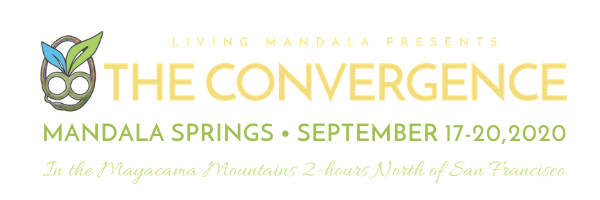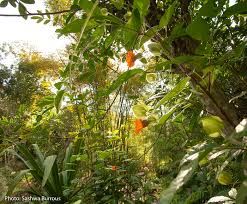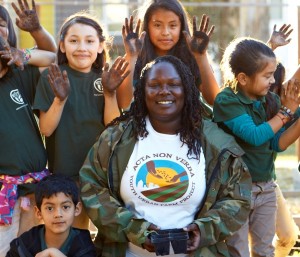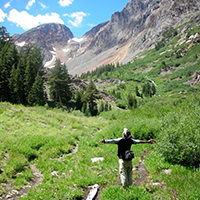[image_frame align=”left” height=”200″ width=”200″ prettyphoto=”false”]http://permacultureconvergence.com.webserver.vera.asdf456.com/wp-content/uploads/2015/09/food-forests-wildtending.jpeg[/image_frame]
Our native Californian landscape possesses a unique heritage – in pre-European times, this land was home to the greatest biodiversity on the North American continent, as well as the largest human population. The oak woodlands – California’s original food forest – and their reciprocal relationship with humans were the key to this abundance and diversity, providing food and habitat for a multitude of flora, fauna, and funghi.
Join us for an exciting overview to learn about these delicious and abundant natives, as well as how we can move towards restoring our reciprocal relationship with nature towards resilience! We will discuss management strategies and design ideas for incorporating native California edible and medicinal plants into permaculture plans.
For the second half of the class, we will offer hands-on food processing stations, where you will get a chance to participate in and learn more about processing native foods such as manzanita, bay nuts, and acorns – and learn some delicious recipes to take home in time for the fall foraging season! ”
Resilience relies upon maintaining a web of life – human and nonhuman – and this workshop topic gets to the core of how we as permies can support life in all of its forms. And what could be more resilient than gathering and eating acorn – a super abundant, very nutritious food – perhaps the only irrigation-free staple crop available in California?
There is a great opportunity to bring more native plant enthusiasts and traditional environmentalists into the permaculture fold through exploring how we can be in reciprocal relationship with the native landscape – restoring and tending it, as well as utilizing its resources in a regenerative fashion.




